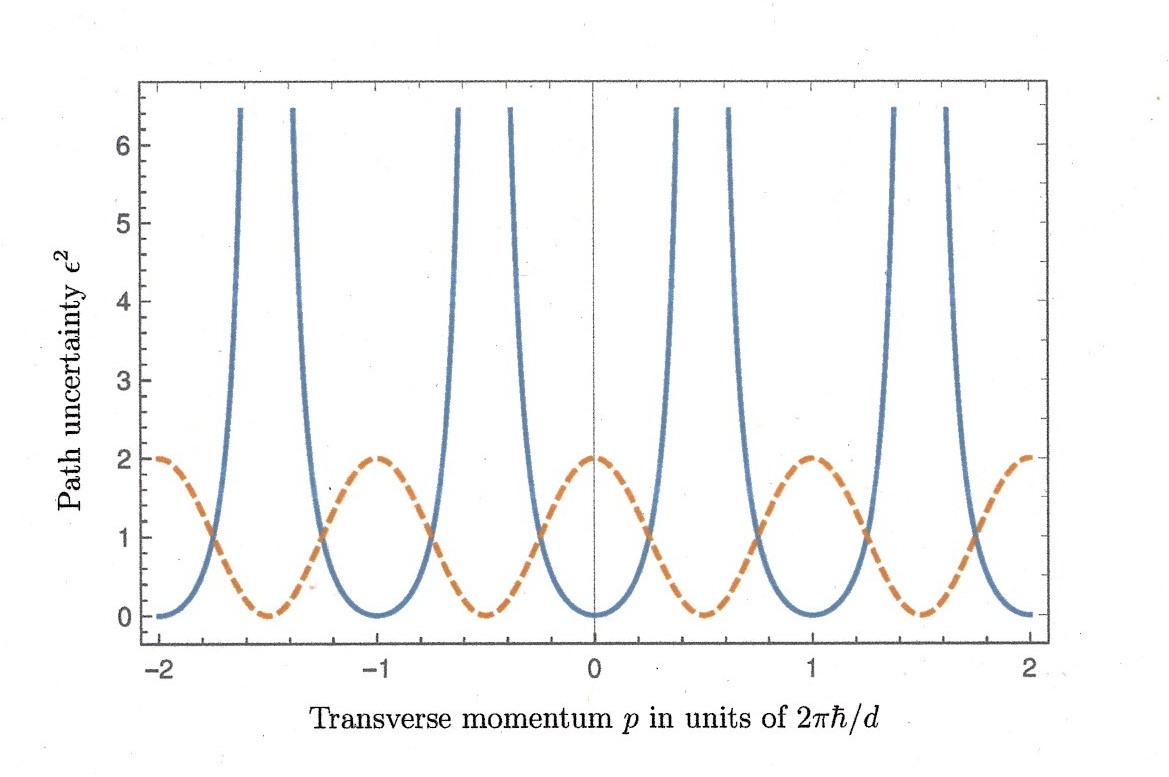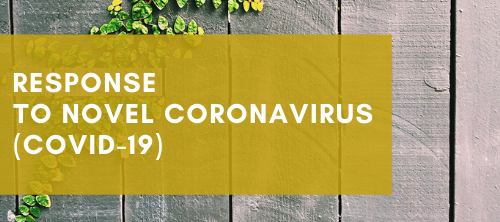Background
Quantum mechanics describes the state of a physical system as a superposition of different measurement outcomes. According to the Copenhagen interpretation, it is impossible to find any physical meaning in this superposition, since it cannot be observed directly in any experiment. However, scientists have identified a wide variety of alternative interpretations, such as the many-worlds interpretation or the pilot-wave interpretation. Unfortunately, these interpretations have nor provided any new experimental predictions, leaving the fundamental questions of quantum mechanics unanswered. In our research, we seek new experimental methods that allow us to study the counter-intuitive physics of quantum systems in more detail. Our recent work is a breakthrough that might provide us with a key element in the explanation of quantum interference effects.
Results
We have investigated the well-known interference between the two paths taken by a single photon when it passes through a double slit in an otherwise black screen. In order to obtain which-path information without destroying the interference pattern, we propose the use of small polarization rotations in the slits, where the direction of the rotation is opposite in the two slits. Usually, such small rotations carry no meaningful information, because the average rotation angle is zero and the natural polarization fluctuations are much larger than the fluctuations of the rotation angle. However, we point out that the rate of polarization flips induced is a direct measure of the fluctuation of the rotation angle. We can therefore evaluate these fluctuations directly at every point of the interference pattern. Quantum theory then predicts that the fluctuations depend on the precise position at which the photon is detected in the interference pattern
It is important to understand that the fluctuations of the rotation angle correspond directly to fluctuations of the presence of a particle in the slits. If the particle passes through one slit at a time, there is one unit of fluctuation, since the polarization rotation is either positive or negative, with a magnitude that is determined by the experimental setup. As shown in the figure, the fluctuations of the path presence is suppressed below this value in the regions of the interference pattern where constructive interferences increase the probability of finding the photon. At the peak of the interference pattern, there are no fluctuations, indicating that each particle is split precisely into two equal halves, with exactly half the particle passing each of the slits. Oppositely, fluctuations greater than one are observed for regions where destructive interferences suppress the probability. A formal analysis of the statistics shows that this corresponds to a "superlocalization" where the particle has a presence greater than one in one slit and a negative presence in the other.
We have shown that the path taken by each particle can be identified without disturbing the interference pattern if the effects of weak interactions with the polarization are evaluated with sufficient care. Our results strongly indicate that the observation of interferences in the double slit experiment is associated with a genuine physical delocalization of each particle between the two slits. It may thus be possible to finally answer the fundamental question of how particle propagate when the absence of strong interactions prevents their direct detection.
Future plans
The generalization of the method used here will allow us to develop a more intuitive understanding of quantum phenomena. At the moment, we are investigating a wide range of seemingly paradoxical quantum effects using our new approach. Perhaps the most interesting aspect of the result is that the way a particle passes through the slits depends on the outcomes of a measurement performed in the future. We will need to improve our understanding of the way in which different measurements shape the past of a quantum object, and this will be one of the major goals of our future research.

Figure Caption:
The localization of a particle depends on the position in the interference pattern where it is detected. The dotted orange line shows the interference pattern and the blue line shows how localized the particle is. A path uncertainty of 1 means that the particle is localized in one path, a value smaller than one indicates delocalization, and a value larger than one means that the particle has a negative presence in one slit and a presence greater than one in the other.
Paper information
- A possible solution to the which-way problem of quantum interference
- H. F. Hofmann, T. Matsushita, S. Kuroki, and M. Iinuma
- Quantum Stud.: Math. Found. (2023). https://doi.org/10.1007/s40509-023-00304-5

 Home
Home



